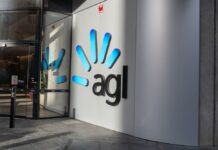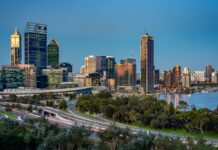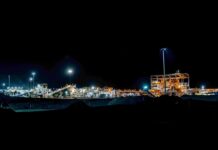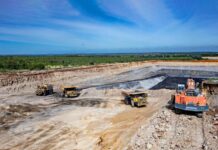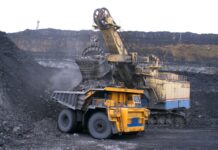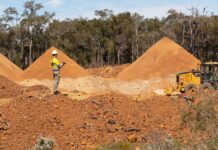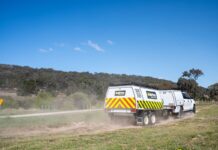Hundreds of jobs on the line as AGL retires coal-fired power
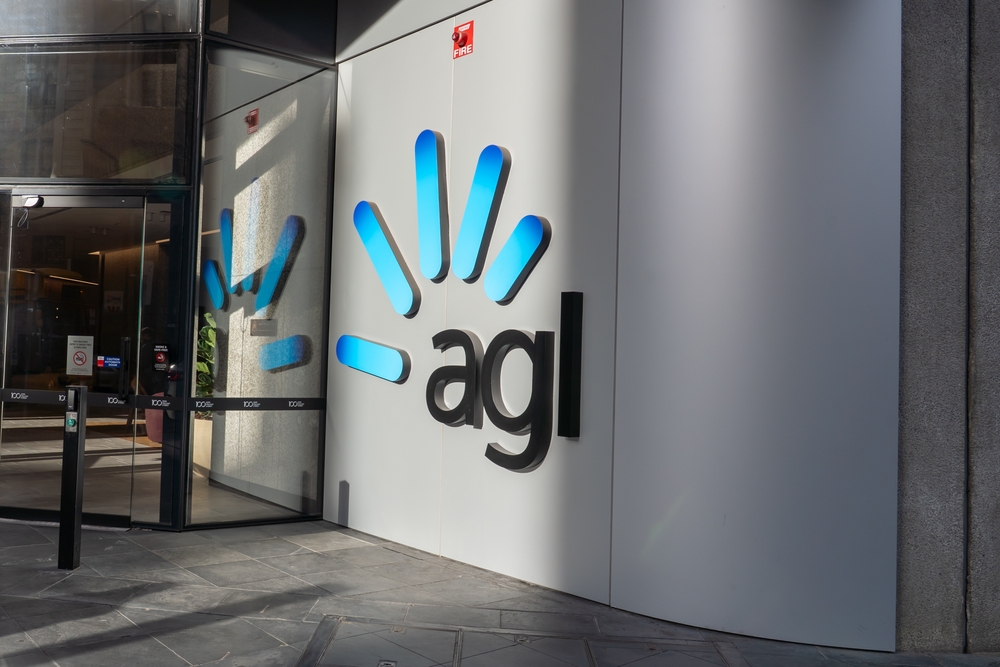
AGL Energy (ASX: AGL), one of Australia’s largest energy providers, will cut hundreds of jobs as it retires ageing coal-fired power stations and replaces them with renewable assets.
The Mining and Energy Union (MEU) representatives were informed that 300 jobs, including management and operational roles, would be cut across AGL’s business in meetings held at AGL’s Bayswater and Loy Yang A power stations in NSW this week.
MEU general secretary Grahame Kelly says the news is devastating for workers.
“Coal-fired power station workers around the country are already facing stress and uncertainty with moving timelines for closures,” he said.
In August, the company confirmed its intention to completely transition away from coal and spend about $20b by 2035 to develop about 12GW of new renewable generation and storage capacity.
The company began consultations with staff ahead of planned cuts, designed to contain costs and free up capital for its multi-billion-dollar overhaul and investment in renewable energy and battery projects.
According to the Federal Government Clean Energy Regulator, AGL is Australia’s largest single carbon emitter and, in 2023, produced more than 35mt of carbon dioxide — nearly 15mt more than the country’s second largest emission producer.
AGL’s largest shareholder, Atlassian chief executive Mike Cannon-Brookes, has pushed for the company to increase the speed of its transition away from coal power.
Grok Ventures, Mr Cannon-Brookes private investment firm, confirmed earlier this month that it had voted against AGL’s climate transition action plan (CTAP) at the company’s annual general meeting.
In a statement, Grok Ventures said AGL’s CTAP has remained largely unchanged since its release in 2022 and Mr Cannon-Brookes continues to advocate for a more aggressive emissions reduction strategy to align with the Paris Agreement and Australia’s net-zero goals.
AGL has committed to delivering 6GW of renewable and storage assets by 2030, that includes 3GW of new battery capacity, which the company says will enhance grid reliability as Australia shifts away from coal.
However, AGL has warned that higher capital spending, due to substantial infrastructure costs, will majorly impact profit for FY26 — estimated to cost the company between $500-700m.
Tomago Aluminium, one of AGL’s largest customers, confirmed earlier this week that it has begun consultations with more than 1000 workers at its Tomago aluminium smelter in NSW as increasing energy costs affect the smelter’s viability.
“With a framework for worker transition support now in place through the Federal Government’s Net Zero Economy Authority, we are very concerned about energy companies fast-tracking job cuts to avoid potential retraining and redeployment obligations in future,” Mr Kelly said.
“We are calling on AGL to do the right thing by its loyal workforce that have powered our country for decades.
“We will be exploring all avenues to ensure power station workers in the Latrobe Valley and Hunter Valley get all the support they deserve as these facilities head towards closure.”
Under plans put forward by AGL, expressions of interest for voluntary redundancies would be sought, with forced redundancies an option if targets aren’t met.


